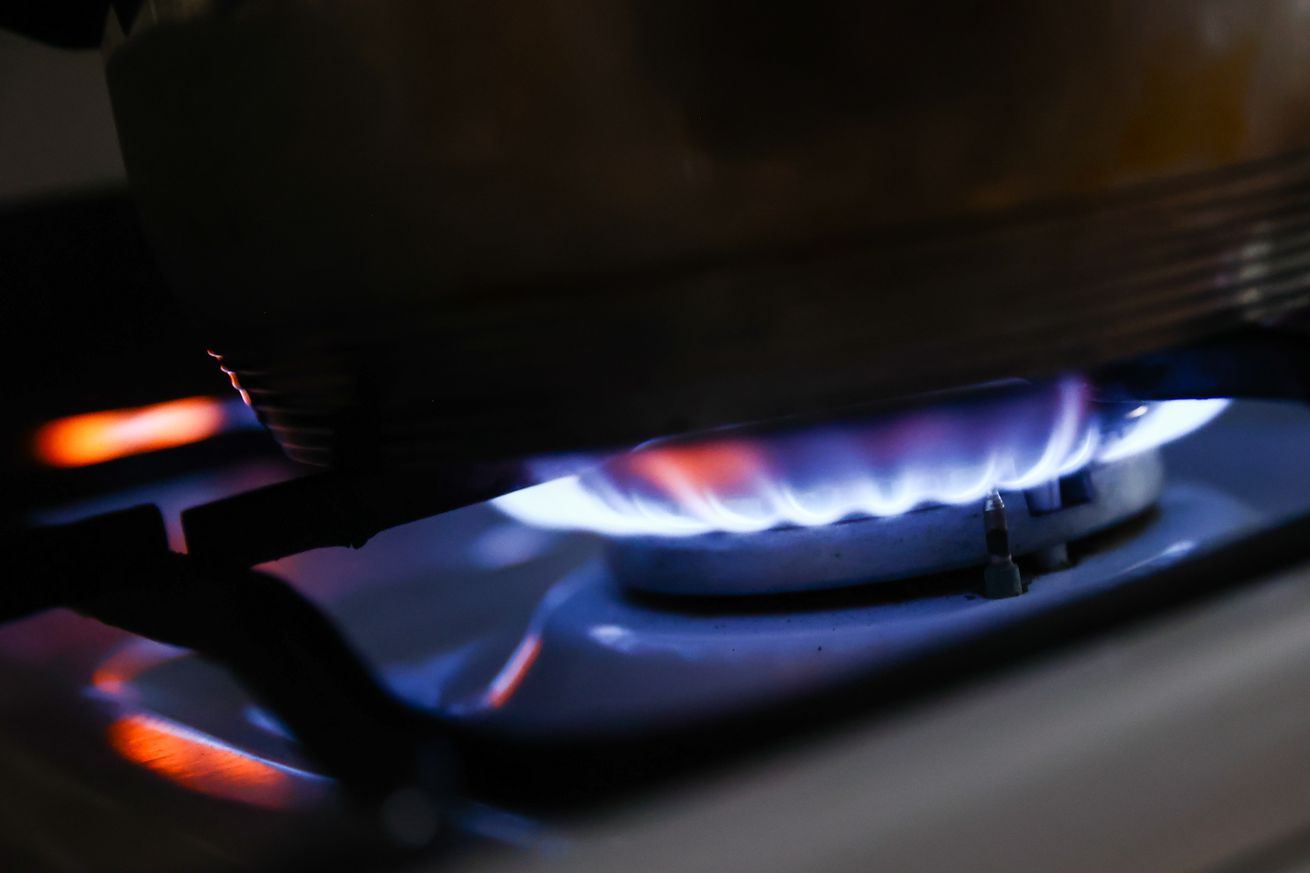
Pollution from gas stoves can be worse than secondhand smoke
Gas stoves release worrying amounts of benzene, a chemical linked to leukemia and other blood cell cancers, according to a new study from Stanford researchers. Benzene that gas-burning stoves release inside homes can reach concentrations even higher than what’s typical in secondhand smoke, according to the paper published last week in the journal Environmental Science & Technology.
The study adds ammunition to efforts to phase gas connections out of homes and buildings. There’s a growing body of evidence on the risks gas stoves pose to public health and the environment. The fossil fuel industry, however, has pushed back hard against policies to shift to clean energy by playing on people’s attachment to gas stoves.
“Seeing the concentrations of pollutants rise so quickly in my own home and thinking about that occurring day after day after day was a motivation to change,” Rob Jackson, Stanford professor and principal investigator for this research, said in a press briefing on the paper today. He said the research prompted him to get rid of his gas stove after testing the study’s methods in his own house.
“Seeing the concentrations of pollutants rise so quickly in my own home and thinking about that occurring day after day after day was a motivation to change.”
Benzene forms in flames, and people are often exposed to it from tobacco smoke, wildfires, and tailpipe emissions. “I really am hard-pressed to think of a more powerful chemical cause of leukemia than benzene,” hematologist / oncologist Jan Kirsch said in the press briefing (Kirsch is not one of the authors of the study but spoke to the health effects of benzene exposure). Benzene happens to be more potent than most other carcinogens at lower exposure levels, she noted. “The idea is not obviously to cause panic. The idea is that there are risks, and we want to reduce them,” Kirsch said.
This study is the first to calculate indoor pollution of benzene caused by gas stoves, according to its authors. They studied 87 homes in California and Colorado with gas and propane stoves in 2022. In about 30 percent of kitchens tested, they found that benzene emissions from a single gas burner set on high or a gas oven set to 350 degrees Fahrenheit created higher concentrations of benzene than the averages for secondhand tobacco smoke.
Benzene even wafted from kitchens all the way to bedrooms, the study found. In bedrooms, unhealthy concentrations of benzene lingered for hours, even after the stove was turned off. In one house, bedroom benzene levels were comparable to pollution events near schools in California and Colorado that triggered investigations in 2020.
The age or brand of the stove didn’t make a significant difference in how much benzene it produced. And while good ventilation makes a difference in how much benzene a household is exposed to, the researchers also found that range hoods weren’t always effective at curbing the pollution. Some hoods recirculate air instead of ventilating it outside.
By comparison, induction stoves didn’t produce any measurable amounts of benzene. Electric stoves can emit much smaller amounts of benzene — about 10 to 25 times less than gas and propane stoves — potentially because of any food scorched on red-hot surfaces.
Climate change is the big reason places like Berkeley, New York City, and New York state have moved to phase out gas connections in new homes and buildings. After all, gas stoves run on methane, a greenhouse gas more potent than carbon dioxide that routinely escapes from gas infrastructure and kitchen appliances.
This isn’t the first time gas stoves have been linked to negative health effects, either. A 2022 study attributed close to 13 percent of childhood asthma in the US to gas stove use. And another analysis in 2013 found that kids living in homes with gas stoves had a 42 percent higher risk of having asthma symptoms than kids in homes without them.
In California, up to 20 percent of childhood asthma could potentially be prevented if people gave up gas stoves, according to the 2022 study. And yet, efforts to phase out their use have hit legal challenges. Berkeley, California, became the first city in the US to ban gas hookups in new construction back in 2019. Then in April, a federal court blocked the policy from being implemented.
A bill that would prevent a federal ban on gas stoves passed in the House earlier this month, even though there’s no federal legislation proposing such a ban. “Customers like natural gas—in fact, one new residential customer signs up for natural gas service every minute,” Karen Harbert, president and CEO of the American Gas Association, said in a statement after the bill was introduced.
The gas industry has spent decades promoting “cooking with gas” campaigns with everything from paid Instagram influencers to this cringey rap video from 1988. “It’s the only way to cook; that’s what I was taught,” it says.
“I grew up in a house with a gas stove; I didn’t think about it twice,” Stanford PhD student and lead author of the study Yannai Kashtan said during the press briefing. “I’m very glad that now I happen to be living somewhere with an electric stove.”

